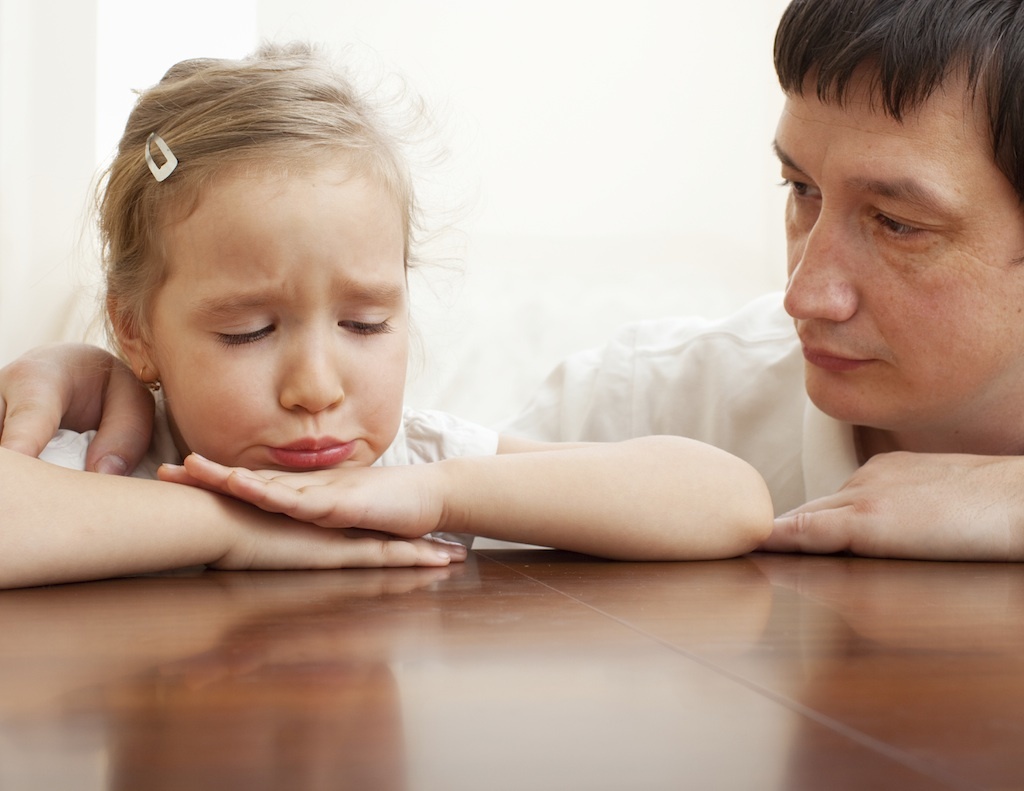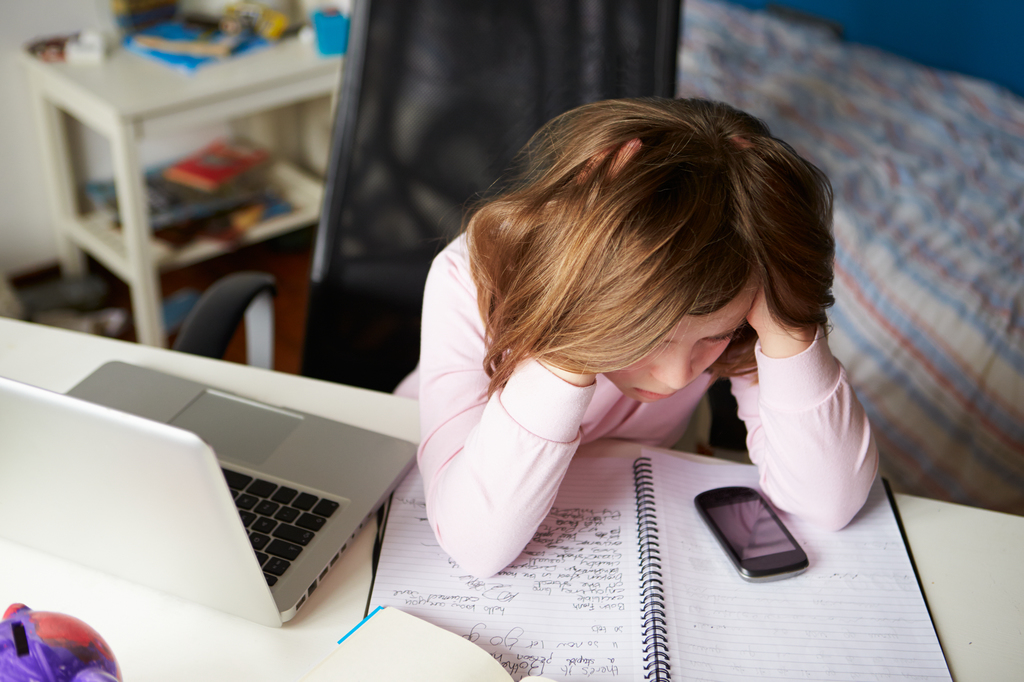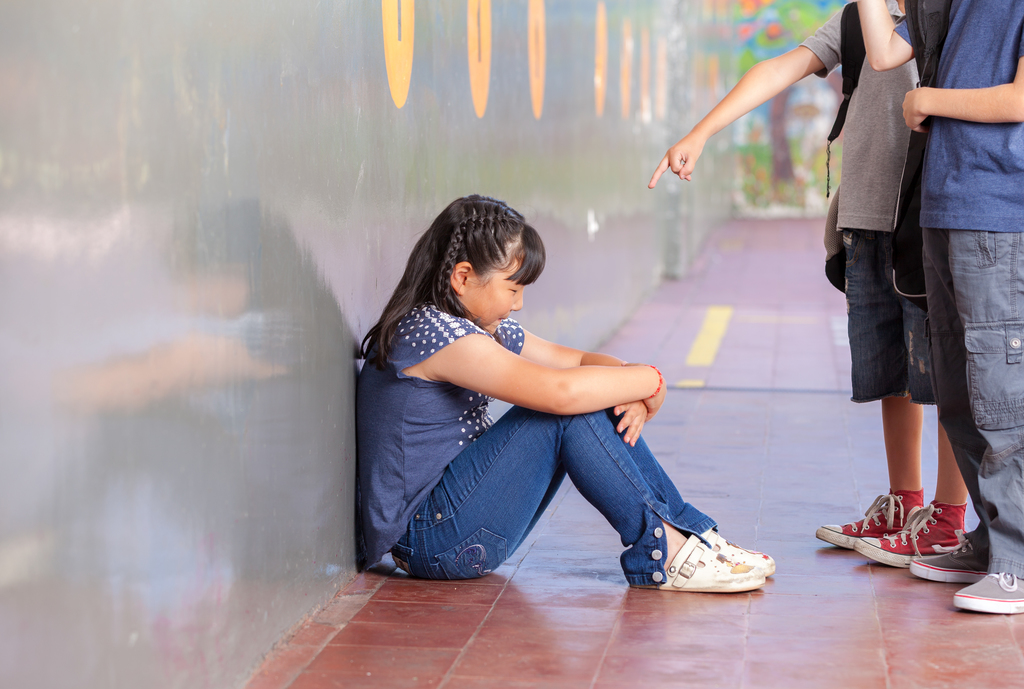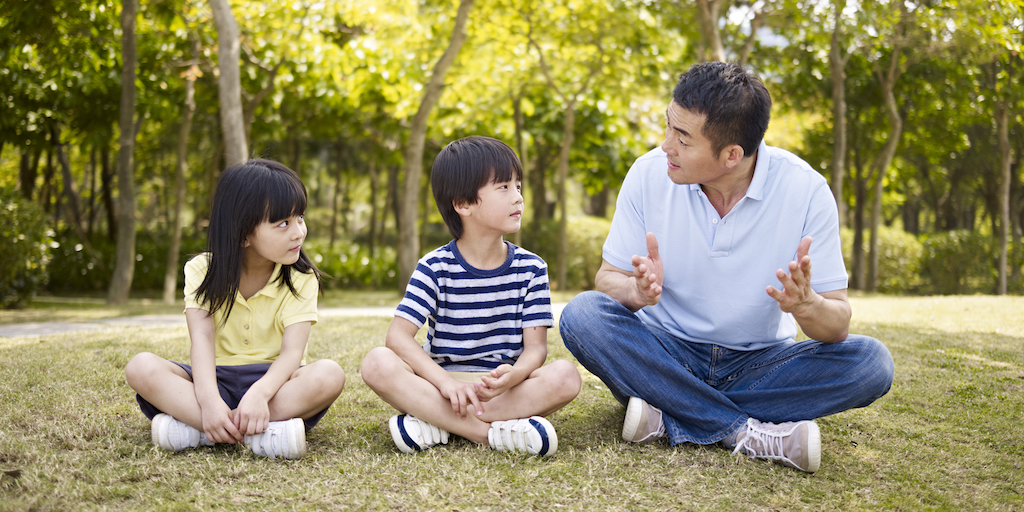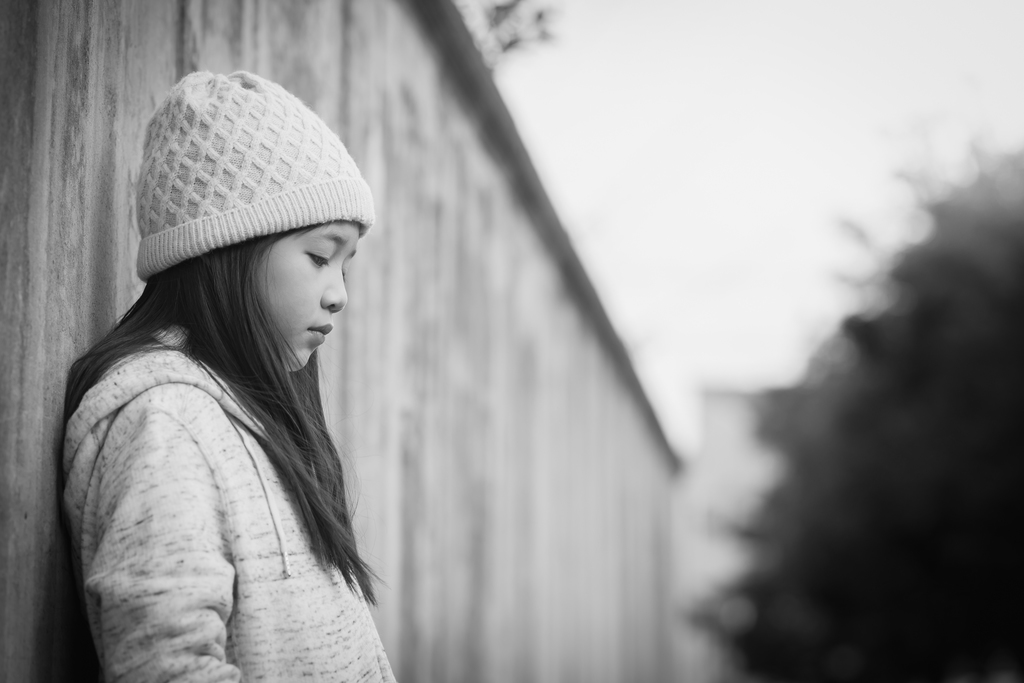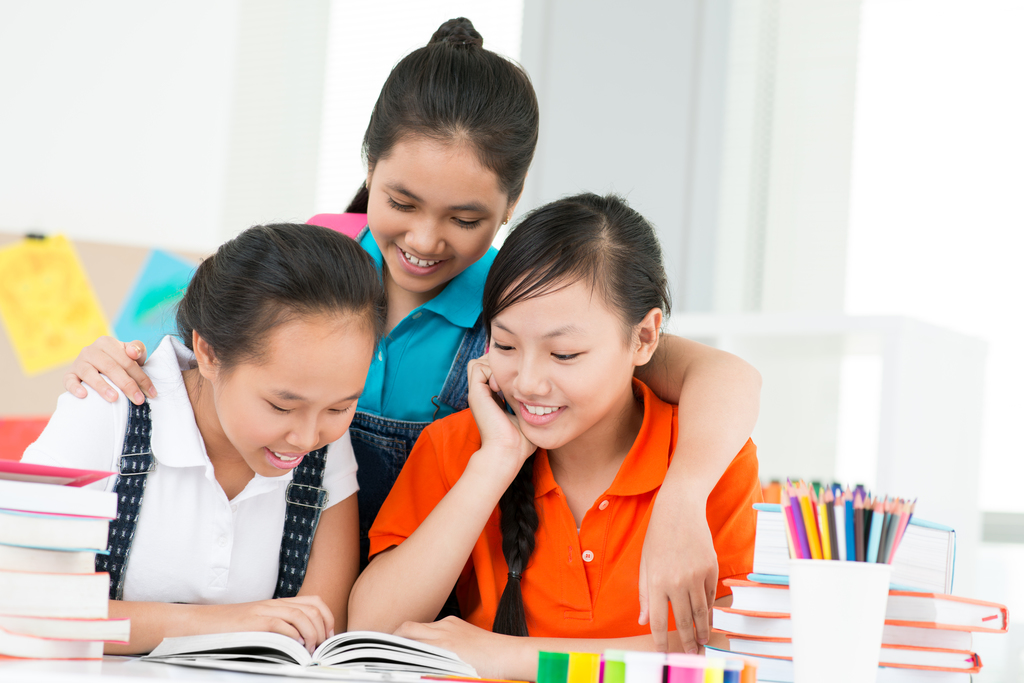SingaporeMotherhood | Parenting
February 2017
How to Recognise Signs of Peer Pressure in Your Child Plus Strategies to Handle It
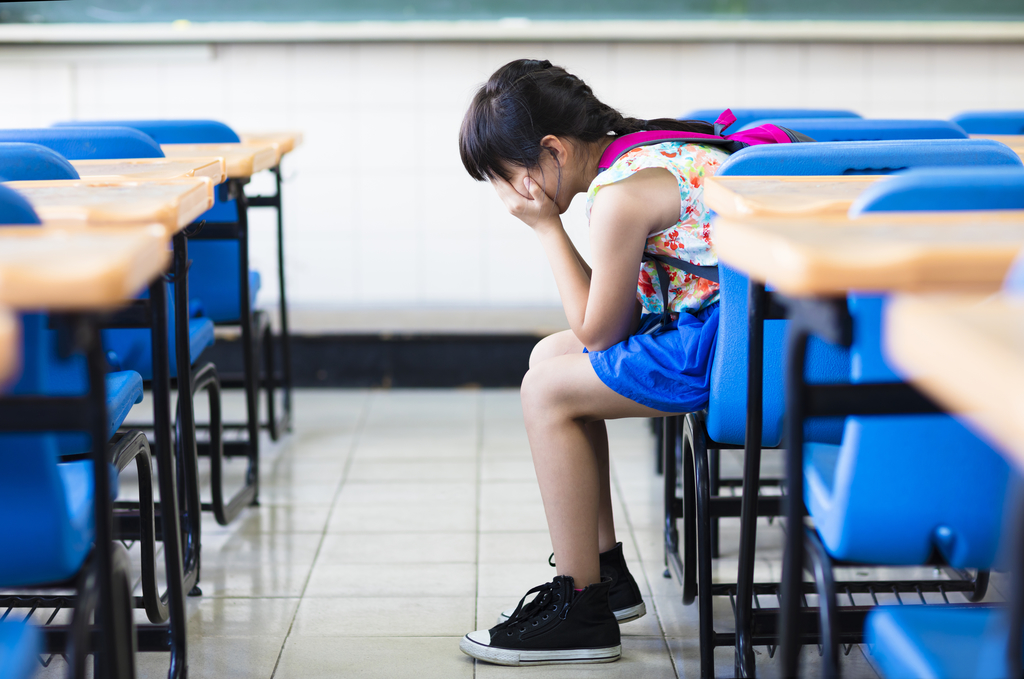
Along with growing up and entering tweenhood comes dealing with peer pressure. We speak to a clinical psychologist to equip you with strategies to handle peer pressure in your children.
[banner][/banner]
If your child is already in primary school, you’ve probably realised by now that you and your spouse aren’t the only influences on your not-so-little one’s life. The Internet, advertisements, films, magazines, music and most importantly, friends, play a part in influencing your child’s behaviour, interests and choices. While it simply isn’t possible to completely shield your kids from these influences, you can however teach junior how to make responsible decisions when faced with peer pressure.
Not sure how to tell whether your child might be a victim of peer pressure? We spoke to Ms. Ong Li Min, Principal Clinical Psychologist at the Department of Child & Adolescent Psychiatry at the Institute of Mental Health (IMH), to bring you the signs to look out for along with strategies to tackle peer pressure.
(See also: 10 Ways to Help Your Child Transit to Tween-hood)
Why do children succumb to peer pressure?
Peer pressure is the influence that others of the same age group have on an individual and the decisions he makes. It is common for primary-school going children to experience some degree of peer pressure at some point in their lives and it can negative or positive. No cause for concern should it be positive, but what if your child succumbs to negative peer pressure? Some reasons behind children becoming victims of peer pressure in school include:
- Low self-esteem; wanted to be liked and feeling a need to fit into a group of friends
- Loneliness or the fear of loneliness and the desire for acceptance and belonging
- Concern about being teased if one does not conform
- Curiosity about what sort of activities most peers are engaging in
Can peer pressure be attributed solely to children’s traits and changing mindsets alone? Not at all. Families play a major role in helping young ones steer clear of succumbing to peer pressure. “Family problems, lack of support and communication in the family, as well as lack of structure or stability in the home may drive children to find support and stability in their peer groups,” explains Ms. Ong.
What kinds of peer pressure do children face in school?
Peer pressure manifests itself in various forms. Thanks to advancements in technology, there are now more forms of peer pressure than ever. Some areas in which children face peer pressure in schools today include:
- Dressing, grooming and entertainment choices
- Engaging in vulnerable behaviour on the Internet or on social media
- Ownership of products like smart devices and branded goods
- Standards of academic and non-academic achievements
- Whether to follow rules or break them and engage in risky behaviour
- Physical appearance and attractiveness
- Views on political or social issues
- Whether to be friends with or to bully peers
41-year-old software engineer, Anthony Pereira, agrees that technology plays a hefty role in peer pressure faced by kids today. Both his children, Adeline, 12, and Andrew, aged eight, had their first taste of peer pressure when they found themselves wanting to own smartphones because most of their classmates had one. “My daughter was nine when she first brought up the topic of owning a handphone,” says Mr Pereira. “But I only bought her one after she did exceptionally well in her end-of-year exams in Primary 4 as my wife and I felt that she needed to earn it.”
And what about his eight-year-old son, Andrew? “He hasn’t expressed interest in owning a handphone yet, but I suppose he too might start once he’s in upper primary,” the father of two says. “When he does, I will tell him that there is no need to follow everything his friends do or own everything they have. If he badly wants it, he will have to earn it as a reward for doing well in his exams.”
(See also: When Looking Hot Ain’t Cool – Raising My Daughter in a Sexualised World)
How can I tell if my child is a victim of peer pressure?
Although peer pressure can occur at any age, its effects may be felt significantly when a child is undergoing puberty; around the age of ten for girls and 12 for boys. This is a time when tweens go through several physical, emotional and social changes. The amount of time spent with their peers increases during this stage of their lives and friends take on a major role in their social development while parents take the backseat (unfortunately).
When your children are pubescents, look out for these warning signs which can help you recognise them succumbing to peer pressure:
- Significant changes in style of dressing or grooming, choices of music or entertainment, use of language (possibly using more foul language), attitude, mood and appetite
- Increase in anger outbursts
- Isolation from family and spending a lot of time with peers
- Excessive spending of money
- Telling more lies
- Loss of interest in studies and/or playing truant
Negative effects of peer pressure include children experiencing uneasiness or guilt in the short term as they are pressured into going against their principles or preferences. Over time, a young victim of peer pressure may become increasingly unhappy and lose his sense of individuality and purpose. According to Ms. Ong, becoming withdrawn, having crying episodes, and expressing a sense of helplessness are some ways effects of peer pressure can manifest in a child’s behaviour at home.
(See also: Help Your Child Cope with Bullying)
What should I do to tackle peer pressure effectively?
There’s no need to be tearing your hair out over your child being influenced by his peers – it’s part and parcel of growing up. As a parent, you can start off by finding an opportunity to have a conversation with junior about his behaviour of concern and discuss with him the possible consequences of such behaviour instead of focusing on criticising his peers. “Be willing to listen to what your child has to say about the issue,” says Ms. Ong. “Guide him in solving any problems he may experience at school involving his friends.”
Enhancing your child’s self-esteem and resilience by providing him with opportunities to develop areas of personal strength and encouraging him in his efforts to overcome challenges will go a long way in keeping peer pressure in check. Ms. Ong also encourages parents to improve their children’s social skills so that they can build a wide network of healthy friendships. “Getting your child involved in community service or sports will lend a positive influence to his life,” advises Ms. Ong.
Here are more strategies you can adopt to manage peer pressure:
- Emphasise that actions lead to consequences
- Make time to speak to your child to find out if there are any issues at school
- Get to know your child’s circle of friends
- Keep communication channels with your child open
- Inculcate healthy values and upright morals
- Be a positive role model for your child – actions speak louder than words!
- Spend quality time as a family to build strong bonds
- Set rules for safe use of mobile phones, Internet and social media
Here’s what NOT to do when tackling peer pressure
As a parent, it’s natural to feel hurt, upset or even angry when you realise that your not-so-little one is now valuing the opinions of her friends more than yours. You might be tempted to give her a good dressing down, but would that leave a positive impact at all? No. In fact, you would be aggravating the situation. “Parents should avoid being overly critical,” explains Ms. Ong.
Refrain from jumping to negative conclusions if you suspect that your child is under the negative influence of his peers – listen to what he has to say about the issue at hand first. Also, never give your child the cold shoulder. Ceasing communication will only result in your child feeling further pushed away from the rest of the family. You wouldn’t want that to happen to junior now, would you?
Is there any silver lining at all?
Thankfully, there are a handful of positive takeaways from being a victim of peer pressure. A child who has faced peer pressure will eventually realise the importance of standing up for his own beliefs or choices. He would also have picked up strategies to do so confidently in future. Other learning lessons include:
- Becoming more aware of one’s own values, principles and beliefs
- Learning to differentiate between positive and negative peer pressure
- Gaining wisdom in choice of peer groups to be a part of
37-year-old financial consultant, Tay Siew Ling, recounts how her only child, Thaddeus, 12, is now a much more confident child – all thanks to peer pressure. “When he was in primary four, he skipped an after-school supplementary lesson to go to a nearby mall with a group of friends who had persuaded him to join them. I was initially furious when I found out from his teacher that he was absent from the lesson, but I sat down to have a calm chat with him about the matter,” shares Ms. Tay.
Thaddeus had confided in his mother that he felt a need to fit into his group of peers and that skipping the lesson had felt like the way to go about it then. She eventually made him realise that his actions had consequences – his perfect attendance record for the year was marred. “Since that incident, he has become a better judge of his actions and I’m glad for that,” says Ms. Tay. Thaddeus will be starting secondary school next year and we suppose learning to think through his actions will be a valuable skill in the face of teenage peer pressure!
(See also: Letting Go of Your Baby; Welcoming Your Tween)
All content from this article, including images, cannot be reproduced without credits or written permission from SingaporeMotherhood.
Follow us on Facebook, Instagram, and Telegram for the latest article and promotion updates.




